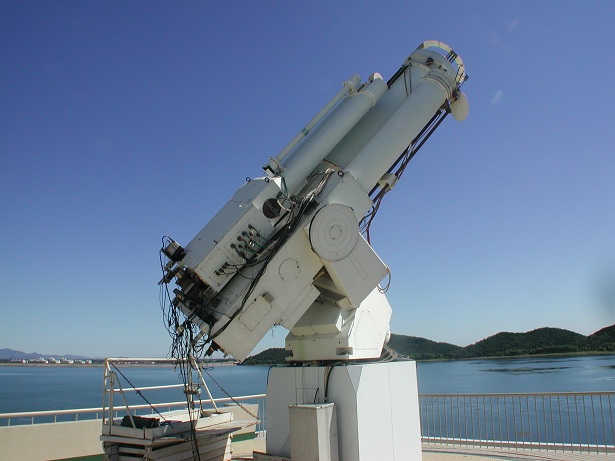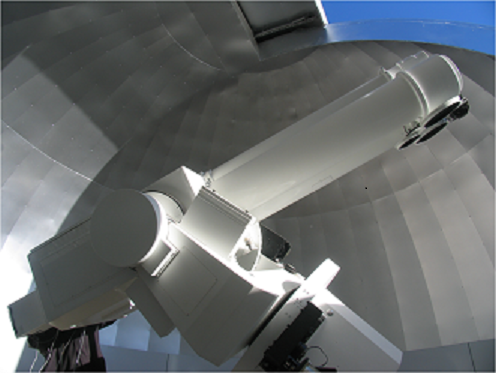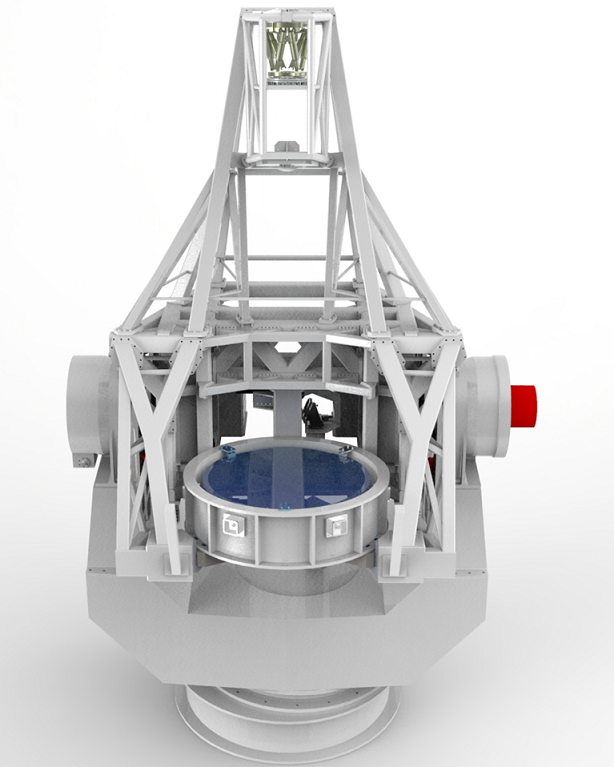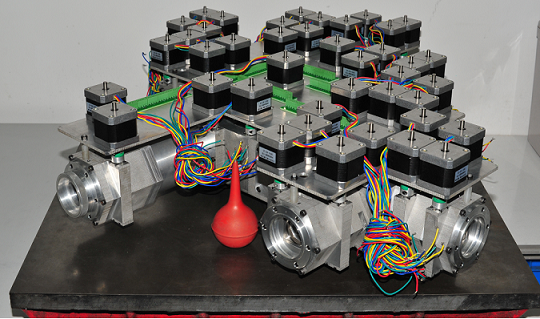Huairou Solar Observing Station, HSOS
Huairou Solar Observing Station (HSOS) is one of the key stations of the National Astronomical Observatories, Chinese Academy of Sciences. It was built in 1984 and is located on an island near the north bank of the Huairou Reservoir, 60 km north to the downtown of Beijing. The main scientific objective of the station is to measure and study the solar magnetic and velocity fields at various altitudes of the solar atmosphere. Several advanced instruments are equipped at the station. The main telescopes are: (1) 35-cm Solar Magnetic Field Telescope; (2) 60-cm Solar Three-Channel Telescope; (3) the Solar Magnetism and Activity Telescope. At present, HSOS is developing several solar observation facilities, such as An Infrared System for the Accurate Measurement of Solar Magnetic Field (AIMS), the Full-disk MagnetoGraph (FMG) onboard the Advanced Space Solar Observatory (ASO-S), and the Full-disk Vector MagnetoGraph at Ganyu Station affiliated to the second phase of the Ziwu Project. HSOS is also involving in promoting the next generation of space-borne and ground-based big solar telescopes in China, such as the Chinese Giant Solar Telescope (CGST), the Solar Polar Orbit Mission, and the Lunar-based Solar Observatory.

Distant view of Huairou Solar Observing Station (HSOS)

The Multi-Channel Solar Telescope (MCST), an integrated video magnetograph, can simultaneously measure solar vector magnetic fields and velocity fields with different spectral lines. There are two mounted channels/telescopes working for the routine observations at present, 35-cm Solar Magnetic Field Telescope (SMFT, 1986 -- today) and 60-cm Solar Three-Channel Telescope (2008 -- today).

The Solar Magnetism and Activity Telescope (SMAT), comprises two telescopes which respectively make measurements of full solar disk vector magnetic fields at Fe I 5324.19 angstrom and full-disk Hα intensities (Zhang et al. 2007, ChJAA, 7, 281).

The Full-disk MagnetoGraph (FMG), a payload onboard the Advanced Space Solar Observatory (ASO-S), will measure the photospheric magnetic fields of the entire solar disk with high spatial and temporal resolution, and high magnetic sensitivity (Deng et al. 2019, RAA, 19, 157).

An Infrared System for the Accurate Measurement of Solar Magnetic Field (AIMS), taking the advantages of mid-infrared spectral lines, is expected to realize the "direct measurement" of the solar magnetic field.

The Two-Dimensional Real-Time Spectrograph consists of 8-channel birefringent filter. Each channel/passband is equivalent an individual birefringent filter, thus, 8 passbands can construct a rough Stokes profile at same time.

Staff of HSOS